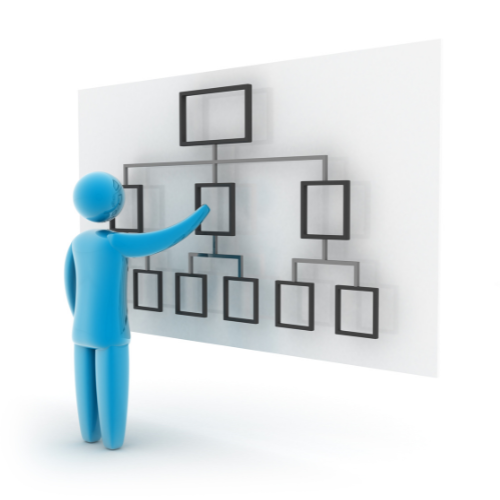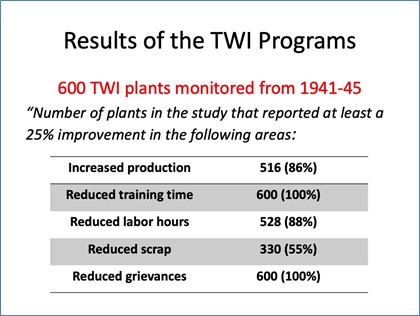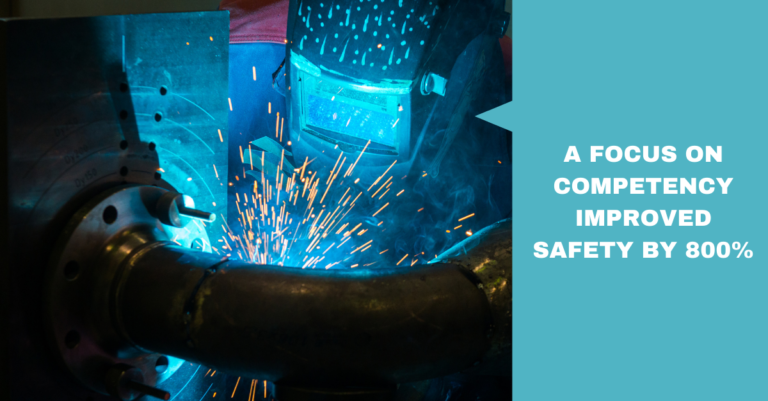COMPETENCY 101 – PART 2 Profiles, Frameworks, Libraries … Huh? Different ways to organize competencies and make them useful.
Jeff Griffiths, WorkForce Strategies International
In the first article in this series, we clarified the difference between competencies, tasks and skills. “Ok” I can hear you saying, “So now I know the difference. So what? What do I do with them?” In this second article in the series, we want to expand on competencies, and look at how we can organize them to be useful.

The Competency Profile
Remember the pitcher in the first article? Clearly a pitcher needs to pitch, but there’s a number of other things we can expect them to be able to do as well. When we look at all of the things we want the pitcher to be able to do – pitching, fielding – hitting too, if you’re in the National League – dealing with the media, etc, we can develop individual competency statements to address these different aspects of the role, and assemble them into a “competency profile” – basically a grouping of competencies that are useful in determining if someone “has what it takes” to fill a particular role, and also to measure if they are performing adequately in that role.
A competency profile is a set of competencies for a role that are useful for determining fit and measuring performance
For most types of work, we can divide all of the important competencies into different categories. In our work, we’ve found that 4 categories covers just about all contingencies:
“Core competencies” – the absolute necessities that define the role; “technical competencies” – the critical competencies that are (usually) specific to the particular role or function; “legal and regulatory competencies” – the ones that relate to compliance with rules, standards, and other regulatory requirements; and “personal/professional competencies”– which are a set of foundational competencies that manifest themselves by being applied through the other competencies, and usually aren’t role or function specific.
So, what might these look like for the hypothetical “closing pitcher” from the first article?
Core – needs to be able to pitch strikes, and strike out a limited number of batters, for a limited number of innings, with the game on the line
Technical – the various competencies related to different types of pitches (fast balls, breaking balls, etc), different fielding situations, and (rarely, for a closer) the ability to contribute offensively as a hitter.
Legal/Regulatory – in the current era of drug testing and incessant social media attention, a set of competencies around “staying clean” (no performance enhancing drug use) and not hurting the reputation of the game, the league, or the club by doing/saying things (whether in public or in private) that reflect poorly on the individual and by extension the team, league and sport in which they are employed.
Personal and Professional – a set of competencies that reflect being coachable, a good teammate, able to analyze the game and the situation and make appropriate decisions, be able to maintain focus and ignore distractions, deal with the media and the public, etc.
How Many Competencies is Enough?
While it’s possible to build a profile with an almost infinite number of competencies, if the intent is to use the profile as a useful tool for finding the right talent, and then managing that talent once you’ve found it, there’s a “right” number. In our experience across a number of industries, this “sweet spot” seems to land in a range between 10 and 20 discrete competencies. This is a number that is reasonable to keep track of, while providing enough useful detail to determine an individual’s suitability for a position, and measure their performance.
One question that we often hear is “So why do we see so many competencies listed in things like national occupational analyses, and the like?” This is actually a good question – lots of OAs contain hundreds of competencies. When you start to dig into them a little deeper, the reason becomes more obvious. Generally the purpose of these analyses isn’t to support talent management at an organizational level, but rather to support curriculum design/training, or credentialing – and often both. Can you turn a traditional OA into a usable profile? Sure – but you need to trim it back to the essential, measurable aspects that matter in YOUR organization – and this is usually somewhere between 10 and 20 competencies.
On one of our projects, we short-circuited this by taking an organizational bias when developing national-level standards – the resulting profiles include between 10 and 20 total competencies. We expect that curriculum designers can take the competencies and performance criteria from these and expand them to develop the necessary curriculum guidelines and scaffolding to create the learning necessary to “grow” the worker that the industry needs – after all, that’s their profession. To us, it makes a lot more sense to build profiles that are more easily used at the organizational level.
Competency Frameworks
Once we’ve established the profile of our hypothetical pitcher, now what? Well, there’s a lot more to a baseball team than just a closing pitcher. There are any number of “flavours” of pitchers, plus all the other position players, substitutes, coaches, managers, trainers, medical staff, equipment managers, not to mention all the people associated with the business side of running the team. When we assemble all of the various profiles together, we have a competency framework for the organization – a way to see how different competencies, and collections of competencies (profiles) relate to each other.
A competency framework is a way of organizing multiple profiles so you can see the relationships between them
The framework can help us figure out how to move people from one role to another within the organization, by helping us understand the differences in the competencies required in different roles. Once we know that, we can design development pathways for people so they can move vertically or laterally in the organization, and create criteria for career pathing and succession management. That’s helpful to ensure you always have the talent you need (you’d hate to wind up on opening day without any left-handed pitchers in your lineup), but it also give everyone an understanding of where they fit in the organization and what they may need to do to move to a different position, which helps in motivating and engaging them.
Competency Library
If you take away the profiles structure from the framework, what’s left is a “library” of competencies. This can be useful for designing a new role – you simply “build” the role from the existing competency statements, then add additional ones to account for any unique requirements. Having a competency library saves time when you need to design new roles or positions and ensures that there’s consistency in the way role descriptions are constructed across the organization. That’s helpful – too many times we’ve seen profiles created in different departments or divisions of an organization that make it nearly impossible to recognize the similarities and differences between them.
A Competency Library is a collection of competencies and performance criteria that you can use to build new competency profiles.
When you organize competencies using profiles, frameworks and libraries, you have a set of powerful tools for finding the right people, bringing them into the organization, managing their performance and developing their potential. Companies that get this right improve the effectiveness of their business – which ultimately means greater revenue and profit.
Leave a comment below if you’re using competencies this way. If you’d like to learn more about using competency-based talent management in your organization, or if you’re already implementing competencies and would like to get better results, just book a talk with us – we’d be glad to help if we can.
Read With Us
If you found this information useful, please subscribe to be notified for our next great post.
Previous: Competency 101 – Part 1
It’s amazing how TWI has had a profound impact on workforce development and efficiency over the years. How are TWI…
An excellent read that will keep readers – particularly me – coming back for more! Also, I’d genuinely appreciate if…
Thanks Dirk – as the technology matures the key for professional services is really going to be integrating the generative…
Interesting discussion – are there ideal tools and systems that can store and retrieve information faster than a lot of…
Hi Claude, thanks for your comments. We think there’s no single right way to do it… the important thing is…








Great post!
Great post!
Great post!
An excellent read that will keep readers – particularly me – coming back for more! Also, I’d genuinely appreciate if you check my website UQ5 about Affiliate Marketing. Thank you and best of luck!